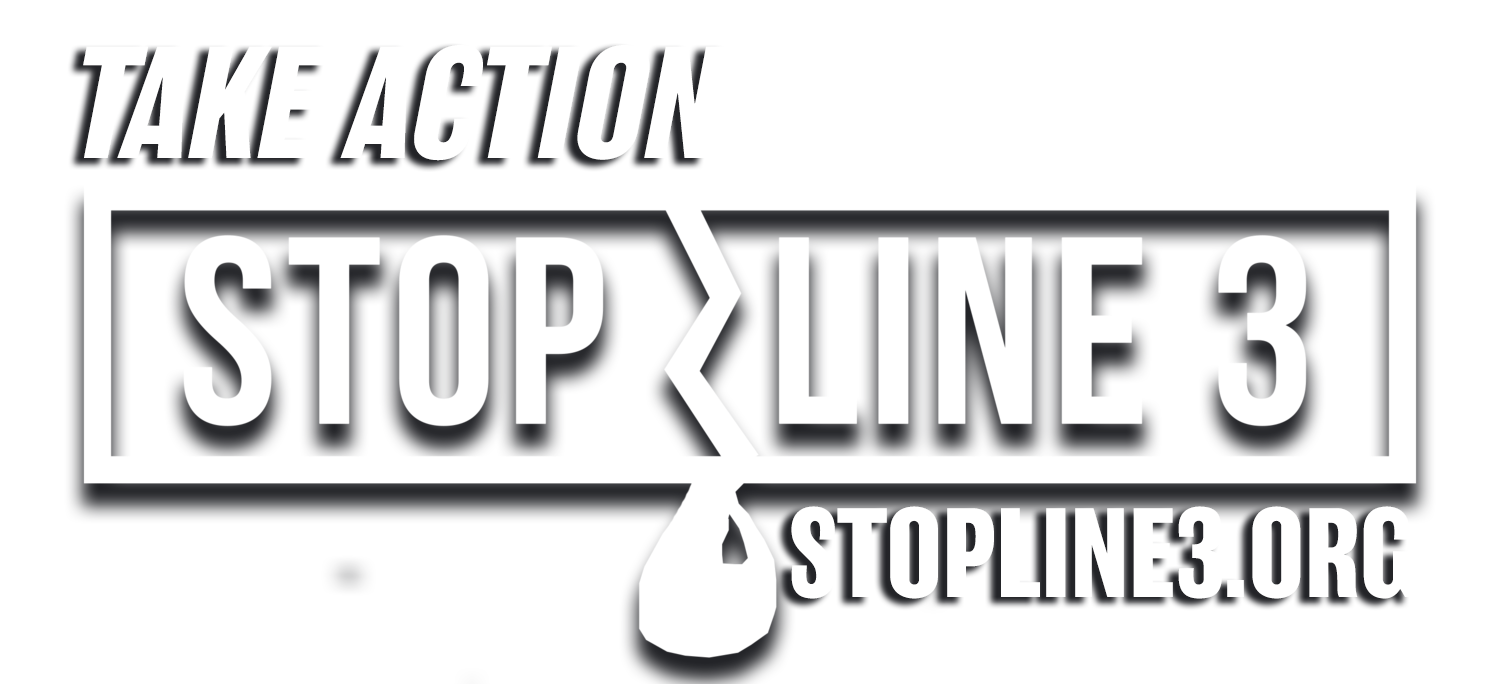Enbridge, which is proposing to expand its Line 3 pipeline through Minnesota, has a long track record of pipeline spills, both chronic small spills and large catastrophes.
From 2002 to present, Enbridge and its joint ventures and subsidiaries reported 307 hazardous liquids incidents to federal regulators — one incident every 20 days on average. These spills released a total of 66,059 barrels (2.8 million gallons, or more than four Olympic-sized swimming pools) of hazardous liquids.
Thirty Enbridge incidents were reported to contaminate water resources, including 17 which contaminated groundwater.
This steady flow of oil spills puts Minnesota’s water, ecosystems, treaty rights, and communities at risk.
The disastrous 2010 spill of 20,000 barrels (840,000 gallons) of tar sands into the Kalamazoo River in Michigan is Enbridge’s largest during this time period, and 42 other incidents were larger than 2,100 gallons (50 barrels).
Line 3 was also the source of the largest inland oil spill in the U.S. on March 3, 1991 when 40,000 barrels (1,680,000 gallons) spilled in Grand Rapids, Minnesota.
Incidents have been reported from both old and new pipelines and equipment. Data on the age and cause of failure for these incidents show that new pipelines are not free from harmful incidents. Given the long proposed lifetimes of these projects, new pipelines eventually turn into old ones.
Alarmingly, 46 Enbridge spills were due to equipment or materials that was installed 10 years or less prior to the incident.
In the state of Minnesota alone since 2002, seven pipeline operators (including Enbridge, Magellan and Koch Pipelines) have reported 132 hazardous liquids incidents, 17 of which were larger than 2,100 gallons (50 barrels).
Citing environmental risks and other factors, the Minnesota Department of Commerce concluded that the Line 3 expansion is not in Minnesota’s interest, and that the existing pipeline should cease operations.
The Line 3 expansion is starkly inconsistent with the goals of the Paris Climate Agreement.
Ultimately, there is no failsafe method for transporting oil, therefore Minnesota should reject new and expanded oil pipelines and adopt ambitious transition policies to phase out the use of existing fossil fuel infrastructure.
This report maps these 307 incidents, spread across numerous U.S. states where Enbridge operates. (click here)
DOWNLOAD THE PDF
Water Appropriation Permit
Amended by MN Dept. of Natural Resources: 06/04/2022
Read the full scholarly article below
INTERACTIVE TIMELINE
FACTSHEETS
CONSTRUCTION INFO
The following documents are taken from the State of Minnesota's Final Revised Environmental Impact Statement, which was written by the MN Department of Commerce during 2016-2017 and deemed "adequate" by the MN Public Utilities Commission (PUC) in May 2018. The vast majority of this information was provided by Enbridge in their permit applications. However, the final route approved by the PUC in the Routing Permit issued on October 26, 2018 is different from the route that Enbridge originally proposed and the EIS analyzed. There were 2 major changes to the route, which are explained in detail on our map page. Enbridge has not yet provided updated information (for access roads, water crossings, road and rail crossings, etc) for these new sections of the final route. We will update these documents as soon as that information becomes available.
Pipelines and Spill in Indian Country 2012-2020
Number of Spills: 3,398
Amount Released: 100,954
Estimated costs of emergency response, environmental damage, property damage, etc.: $2,674,377,908
Estimated Amount Paid by Operator: $101,297,748
















